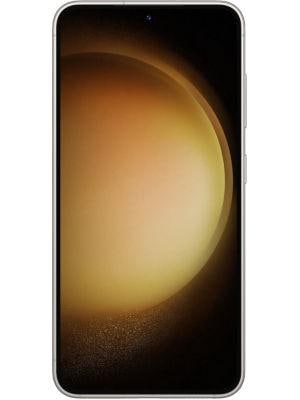Google Pixel 8 review: Big leap into AI makes it one-of-a-kind, but does it live up to expectations?
Google Pixel 8 review: The latest Google smartphone comes with a new Tensor chipset, a dual rear camera setup, and new AI features. But is it a worthy investment? Find out.
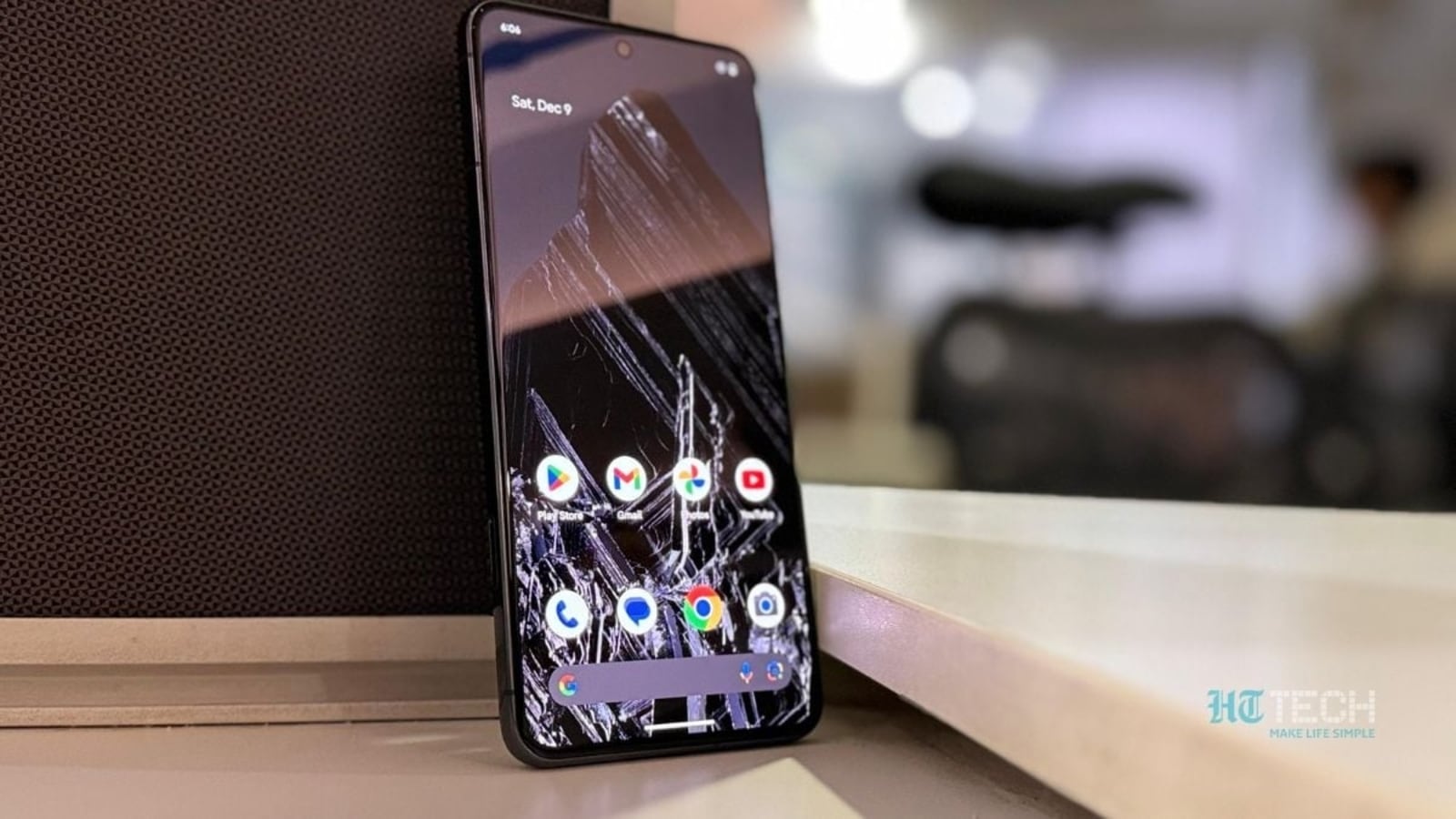
When Google launched its Google Pixel 8 lineup, the artificial intelligence wave was probably at its highest. The smartphone series, which has captured the loyalty of a particular consumer base due to its software-first approach and camera-centric functionalities, was expected to come with AI features that would underline its capabilities and the mood of the market. And Google does not generally miss opportunities.
From the moment I had the Google Pixel 8, I could see that the company had spent time polishing the device and making it more optimized than the previous generation. This year, Google did not experiment much in terms of design, but there are small improvements across the smartphone to make it surpass its predecessor.
However, there were two problems with the smartphone the way it was marketed and priced. First, it did not come with the ‘Pro' tag, which usually helps consumers identify the better smartphone, and usually has a stronger desire to purchase. The second was its price point. Starting at Rs. 75,999, it was Rs. 16000 more expensive than the Pixel 7, which came at Rs. 59,999. Not being the Pro model, while being significantly more expensive than its predecessor puts a big pressure on the Google Pixel 8 to deliver.


mobile to buy?
After spending a considerable amount of time with the smartphone, I find that the Pixel 8 does deliver on that tall expectation. Do not get me wrong, I would not claim it to be the best phone of the year, but it does a splendid job getting very close to that. That too, without being the Pro model. So, let us get down to the brass tacks and let us see what this phone offers.
Google Pixel 8 design
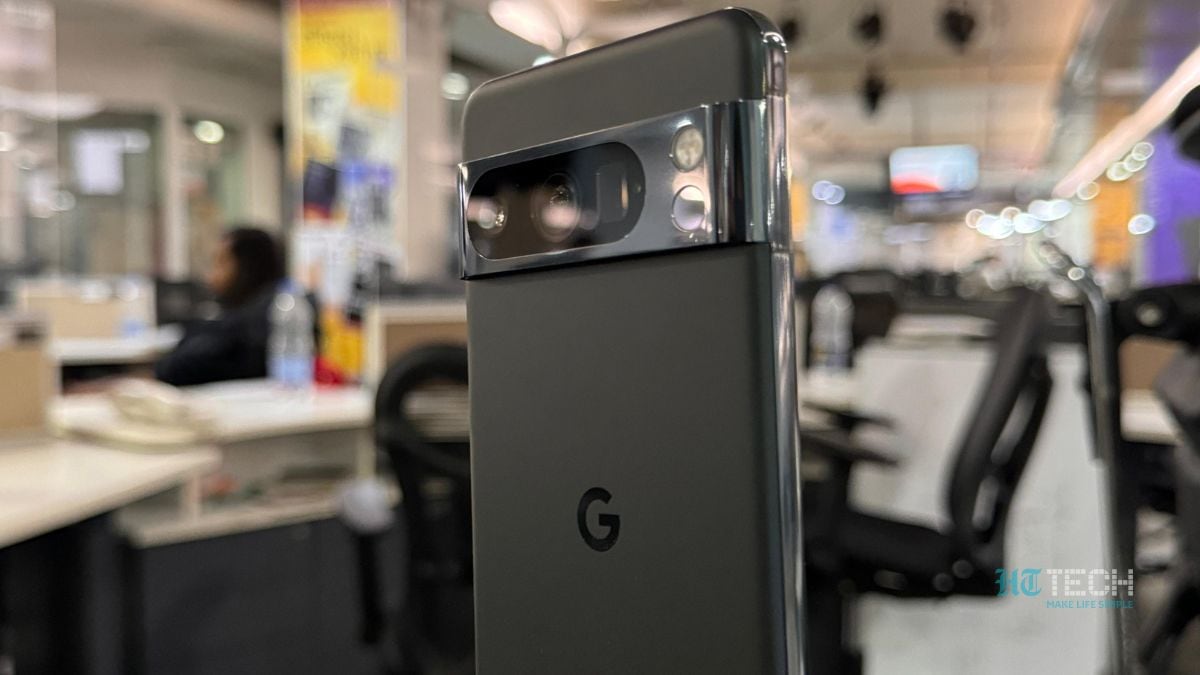

Unlike the Pixel 7, which still made some big adjustments to its design, the Pixel 8 largely keeps things the same, except for its size, which is now a little smaller. You get the same striking visor to place its two cameras, an aluminum build, matte finish, and the rounded edges of its predecessor. However, since the design is still so unlike any other smartphone in the market, it definitely stands out.
But the difference is certainly there, hidden in the shadows. The Pixel 8 features a more compact smartphone and has larger cameras than before. The edges are also somewhat rounder, which adds to its more refined appearance. But be prepared that the camera visor still catches dust and lint, and it will require regular cleaning to make it look as stunning as it did when first unboxed. On the front, the bezels are now uniform and the chin is slightly thinner than before.
The sides of the smartphone get a muted gold rail which connects with the visor at the back. The front gets the protection of Gorilla Glass Victus, although it still gets scratched easily, so make sure to get tempered glass. There is no headphone jack, as the trend goes.
What I like about this year's smaller form factor is that now the phone sits very comfortably in my hand, and it is very comfortable to use. In fact, the size now brings it to the iPhone 15 territory, which I personally prefer. Further, the phone offers a better grip now, so I'm less afraid of whipping it out of my pocket and being afraid that it might slip out of my hands.
Google Pixel 8 display


Last year, I had qualms with the display of the Pixel 7 for two reasons. At the premium price range, it was still offering only an AMOLED panel, and the refresh rate only went up to 90Hz. I am happy to report that Google has made improvements in both aspects this year.
The 6.2-inch display features an OLED panel with 2000 nits of peak brightness (as opposed to 1400 nits last year) and a refresh rate of 120Hz. The resolution is also richer due to a 428 ppi color density. But a small nitpicking would be that the refresh rate can be set between 60Hz and 120Hz, but there is no option for a middle 90Hz or an adaptive refresh rate. It is not a deal breaker, but you either get a midrange display sensitivity or have your battery drain fast. There's no in-between with the Pixel 8.
Nit-picking aside, the display is some of the best quality I have seen on a smartphone. This is big because I was using the iPhone 15 Pro prior to this, but the vivid colors and brightness made me instantly fall in love with this. Whether I was watching YouTube videos or the Netflix documentary My Octopus Teacher (I recommend it), the display was able to let me immerse fully into the content. Even scrolling through social media felt pleasant as the screen never went dull even for a moment.
I would place the Google Pixel 8 display right up there with the Samsung Galaxy S22 and the iPhone 15. It is one of the best, and you begin to appreciate it the more you use it.
Google Pixel 8 camera

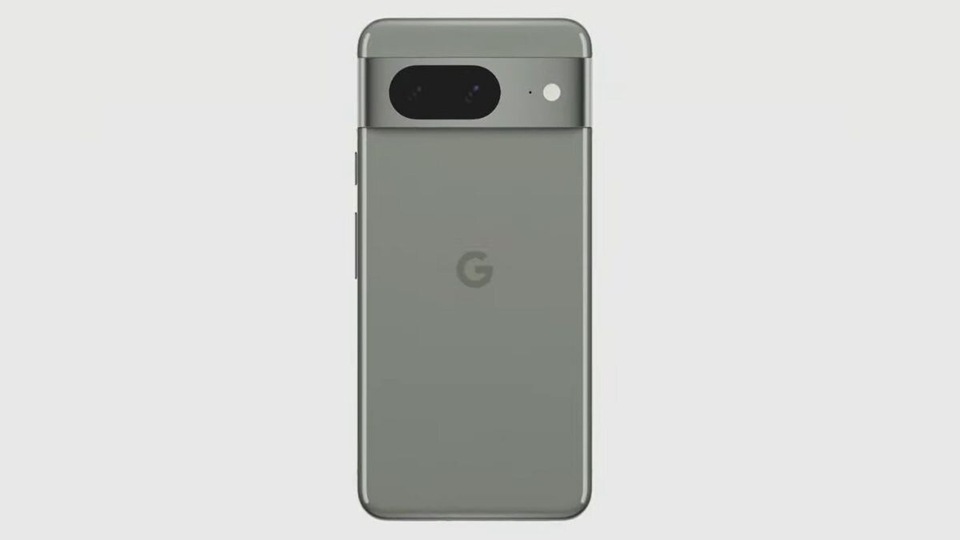
It is not a secret that the USP of Pixel smartphones are their cameras and the Google Pixel 8 is no exception. It does miss out on the telephoto lens that the Pro variant gets but it gets the 50MP primary camera and the 12MP ultrawide lens. The specifications may make it seem that there are no improvements in the camera, but that is not the case. The larger aperture of the main camera now lets 21 percent more light than the predecessor. The ultrawide camera also gets a larger field of view. Apart from that, you get a Double Exposure mode in the main camera and an autofocus mode in the ultrawide lens. Additionally, you now have a Macro mode in the Pixel 8, which used to only feature in the Pro model.
But that's all about the hardware. It is the software where Pixel 8 beats almost every smartphone camera in the market. Powered by the Tensor G3 chipset, Google is offering AI capabilities never heard before in a smartphone. To the critics, it raises questions about what actually constitutes a photo as words like deepfake and AI manipulation creep in.
Let me address the chatter. I do personally feel some of its features, such as Best Take, which uses multiple shots to ensure everyone in your group has the best smile possible, do raise the question of the authenticity of a photo. But we live in a time when even the most basic smartphones come with inbuilt filters and most social media platforms focused on photography (talking about you, Instagram, and Snapchat) offer enough editing tools to enhance what reality is. I'm not a puritan and if the AI can help make my group photos look better, I do not see a problem with it, and I doubt that most consumers will either.
Coming to the actual picture quality, the main camera does a great job at taking sharp yet vivid photos, highlighted by the dramatic deep contrast Pixel phones are known for. The dynamic range is high, the details rarely ever missing, and you get enough editing tools through the Magic Editor to change the images however you like before posting on social media (don't let the naysayers keep you from having fun).
However, the low-light photography felt a little rough. I had mostly 50/50 chances of the image coming out sharp or missing some details. But I feel this is sort of my bias of coming from iPhone 15 Pro, as some of my friends who clicked images using the phone did not find any problems with night photography. As always, I found the light management of the Pixel 8 exemplary. Even objects in motion were captured with high clarity, making them look amazing.
Is it the best camera phone of the year? It depends if you prefer the natural color tone of the iPhone or the bright and dramatic flair of the Pixel, but depending on your choice, the crown revolves between the two.
Google Pixel 8 performance
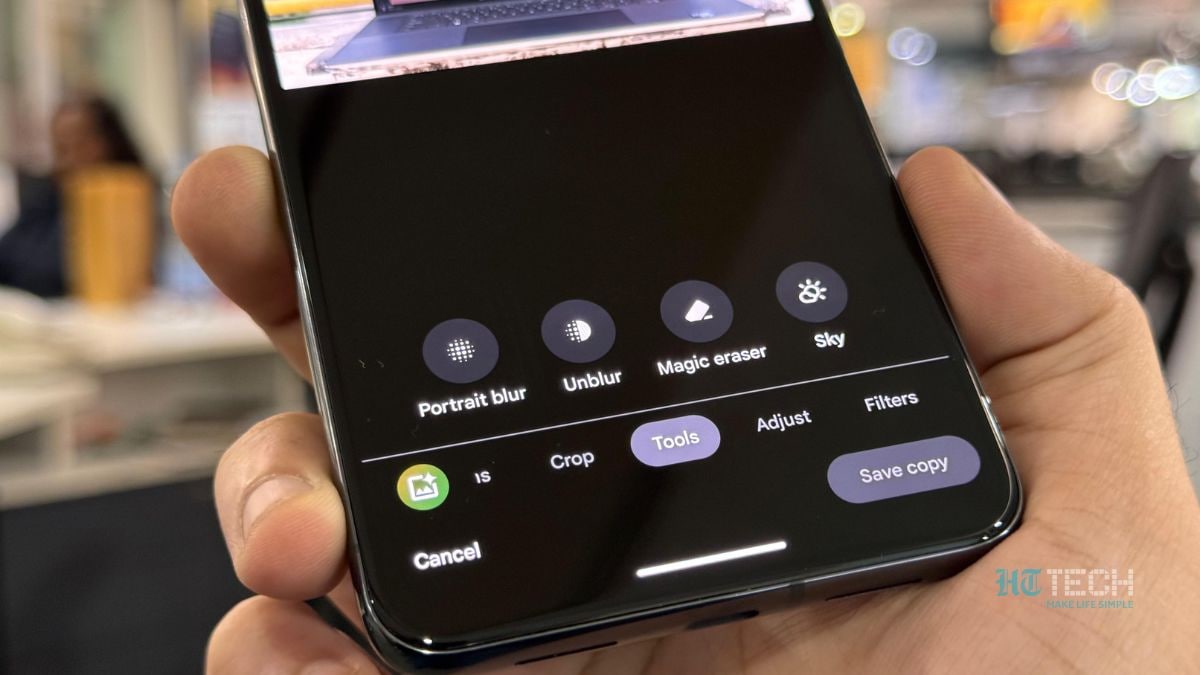

This is where the magic happens. The Pixel 8 is powered by the Google Tensor G3 chipset and while it may not be the fastest, it is definitely the most intelligent. Google claims that it has focused on adding advanced AI and ML capabilities to the smartphone, and it shows.
You get a plethora of AI features to play around with. A few of them include the Magic Editor which now comes with an AI tool to regenerate parts of your background, Photo Unblur which does exactly as the name suggests, and Best Take, which we have discussed above. You also get a Live Transcribe feature which can pick up audio and turn it into text in real-time. My friend tested it out at the Google for India 2023 event, and he said “none works better than the Pixel 8”.
There are more AI features to talk about and even as you read this, Google is likely working on more AI features for the Pixel phones, but there is more to performance than AI. In day-to-day usage, you constantly get reminded that it is indeed a ‘smart' phone. The Pixel UI, which sits on top of a stock Android 14 OS is clean, intuitive, and fast. It can pick out music playing nearby and tell you the name of the song, and you get a voice assistant that helps you put your face in the front camera's focus before you take that perfect selfie. Coming to customization, the entire range of Material You themes is fine-tuned for you to get that perfect home screen and lock screen appearance. Even the animations have been polished by the OS which really feels fresh.
The Tensor G2 is more than capable of handling both day-to-day app usage as well as gaming, which was a surprise to me. I played COD: Mobile on the phone on a regular basis and it runs smoothly. I could even multitask while gaming and the smartphone would not miss a beat. But if you are a heavy gamer or fan of large titles like Genshin Impact, this might not be the smartphone for you. In that case, the Samsung Galaxy S22 or iPhone 14 would be better suited for you in the same price range. In terms of overall improvement from its predecessor, I found it to be overall similar, although there is better optimization.
In conclusion, the smart features and the intuitive operating system will make you fall in love with daily smartphone usage and make you find excuses to use the Google Pixel 8 more and more, and that is not something most smartphones can claim.
Google Pixel 8 battery
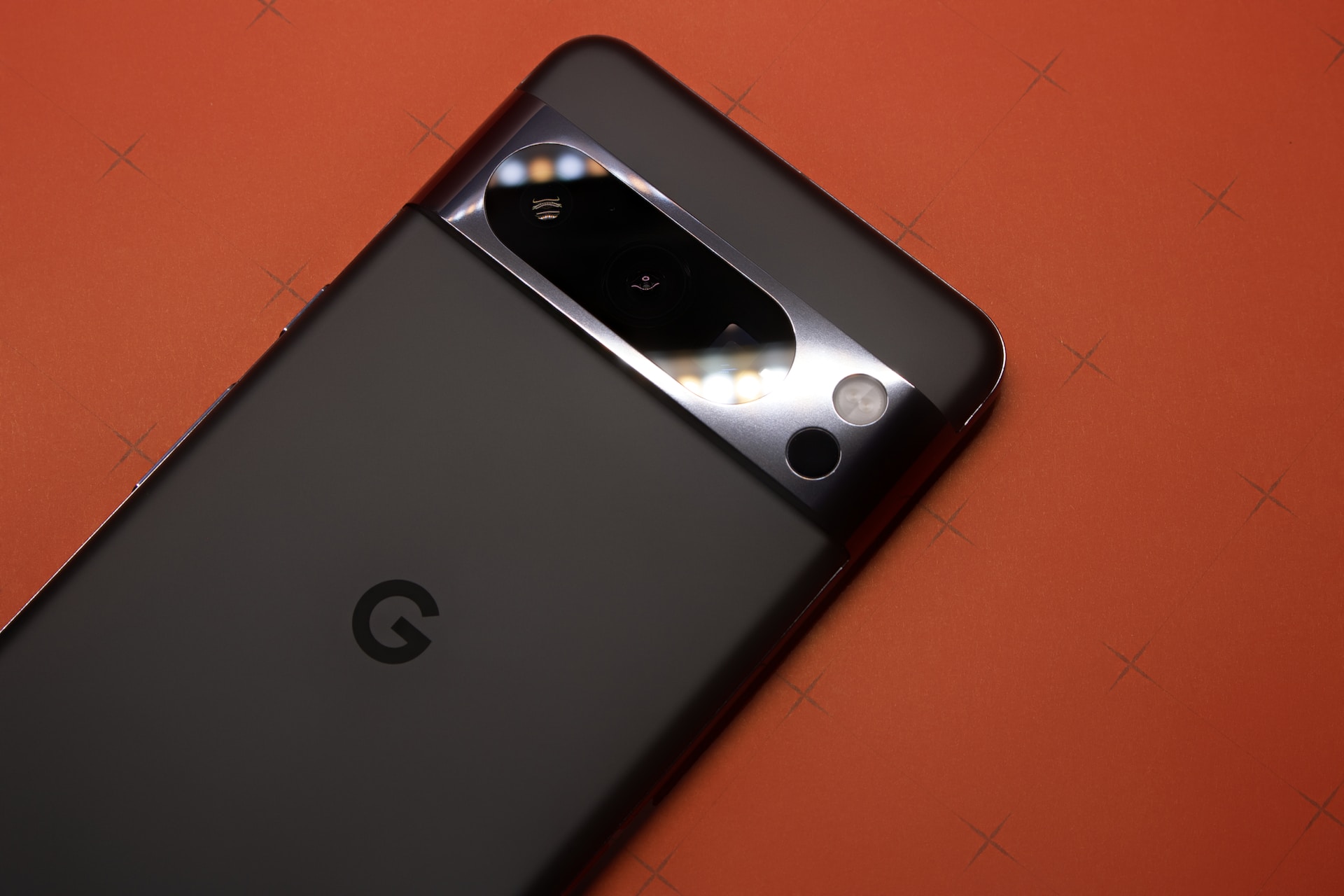
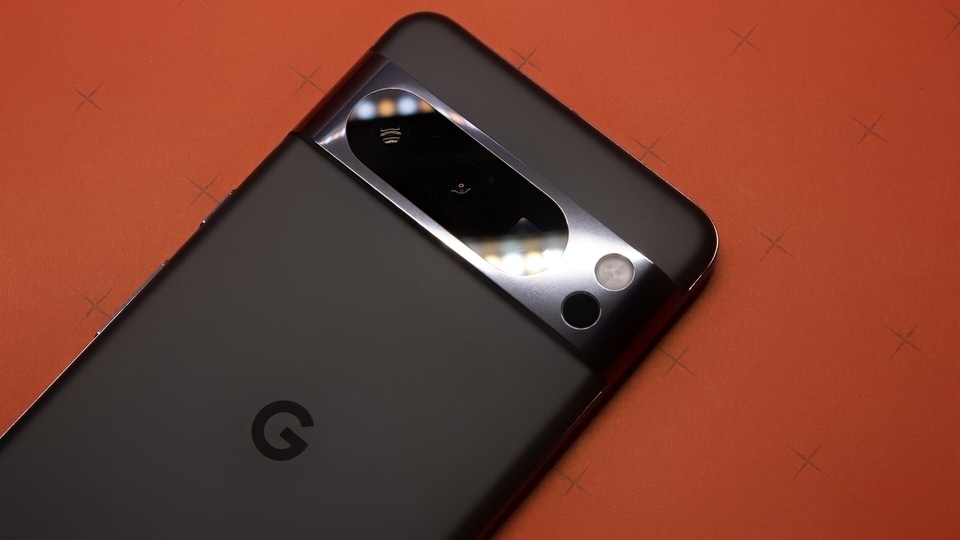
This is where I was pleasantly surprised. Unlike last year, where the Pixel 7 featured a 4,355 mAh battery, this year you get a 4,575mAh battery, which significantly increases its life. Last year, where it barely managed to survive the day with moderate usage, now it even retains some juice for the next day. I believe the overall optimization of the OS and the chipset has also contributed to this.
To give you a better idea of my day, I would typically make 5-10 calls, each lasting anywhere between 2 to 10 minutes. I would scroll through social media for a couple of hours, play games for about an hour, and watch YouTube videos to finish the day. All of this would still have around 25 percent of the battery remaining.
But it is its charging speed that becomes a real letdown. The smartphone allows up to 27W fast charging but there is no charger in the box (they do offer a Type-C to Type-C adapter) and Google chargers are not yet available in India. My usual Android charger was able to fill it up entirely in a little under 2 hours. This is a disappointment considering smartphones much cheaper than Pixel 8 can do the same in 20-30 minutes.
Google Pixel 8 verdict
Earlier, we had mentioned that the Google Pixel 8 has an immense pressure to deliver given its price hike and lack of the Pro tag. I feel that the smartphone has successfully achieved it. You get to see improvements across the board. The OLED display, accompanied by a 120Hz refresh rate and a smaller chin makes it arguably the best display on a smartphone in 2023. The AI features are extraordinary, and the camera is a joy to use.
However, there are definite downsides. It is not a performance-centric smartphone and if you want to use RAM-intensive apps and play graphic-intensive games, then this is simply not the smartphone for you. Similarly, the battery charging issue is another one even the most loyal Pixel fans will struggle to look past. And of course, smaller smartphones are not everyone's cup of tea. Some just prefer larger phones, and to them, Pixel 8 will not appeal much.
But if you're someone who considers themselves a shutterbug, prefers smaller phones, or just want to experience the smooth OS performance backed by an intelligent processor, then you cannot look beyond the Google Pixel 8. Under the price point of Rs. 1,00,000, it is one-of-a-kind.
 Cameras
Cameras Display
Display AI features
AI features
 Charging speed
Charging speed Not Performance-centric
Not Performance-centric
-
6.2-inch OLED 120Hz
-
Google Tensor G3
-
50MP + 12MP
-
10.5MP
-
Android 14
-
4,575 mAh; 27W wired charging, 18W wireless
Catch all the Latest Tech News, Mobile News, Laptop News, Gaming news, Wearables News , How To News, also keep up with us on Whatsapp channel,Twitter, Facebook, Google News, and Instagram. For our latest videos, subscribe to our YouTube channel.


